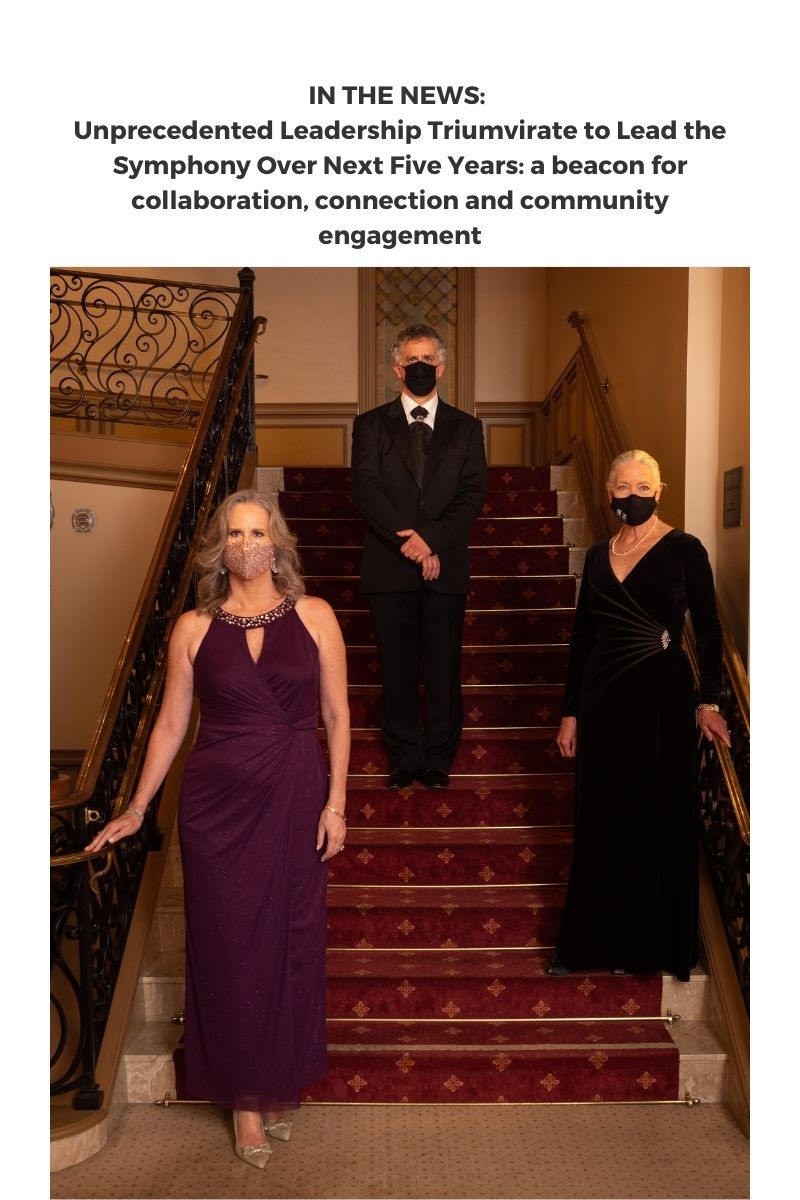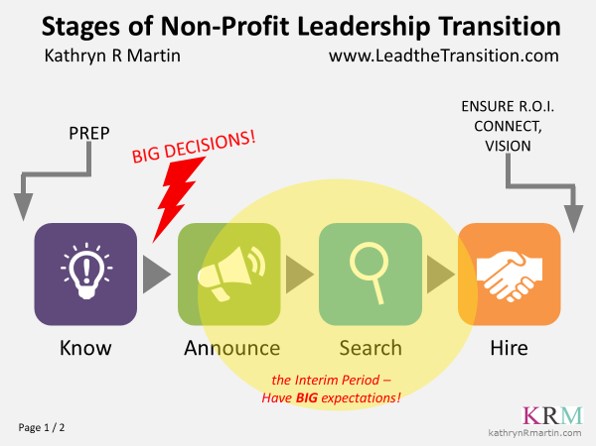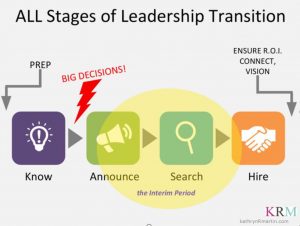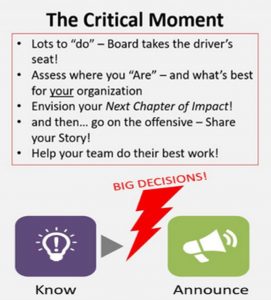If you’re feeling adrift, restless, or frustrated – look inward: you may be at a pivotal moment of Transition, and these stratgies can help. Your Next Chapter awaits!
Continue readingGetting Your Next Chapter “Right”
If you are at a Crossroad Moment: make your Next Chapter one of your dreams!
Continue readingAnother Next Chapter!
When we are clear on our purpose, know the internal and external causes and conditions we need to thrive, and seek to show up with the intention to help others (and those are all BIG “ifs”)… we find the very humans that we love to be around, that inspire and teach us, and that together we can make a difference.
Continue readingWhat Does it Mean to Be Resilient – the bounce “back” is in your control
Times of transition and change create unprecedented opportunities – first look inward.
Continue readingPause: Actively, Strategically, Courageously.
“Pausing” – with the intention to reflect, look inward, andconnect to impact & joy – is what creates new possibility.
Continue readingLeadership Transition: How to Create Opportunity During THE Most Critical Stage
(STILL) Thinking About Making a Change? Here’s 5 Guiding Questions to Help
(Still) thinking about change? Observe and understand your own motivations, and then reframe your thoughts about change to a focus on OTHERS
Continue readingFive Questions to Help You Move Forward with Purpose
2018 is half over and this long weekend is a great time to invest some time to reflect and take stock: Five Guiding Questions to Help You Move Forward with Purpose
Continue readingCreate New Thoughts… Create New Possibilities!
Initial thoughts upon my return from a 30-day circumnavigation of the globe: New Thoughts Create New Possibilities!
Continue readingHow to Know if You’re Spending Time on the “Right Stuff”
Do you give the same value to joy and love in your work as you do when you think of your vacations, your hobbies, and your loved ones? When I see leaders feeling joy and ease, having fun and loving what they are doing, it’s almost always a given that those are the same areas where they have the most value and impact to others.
Continue reading











